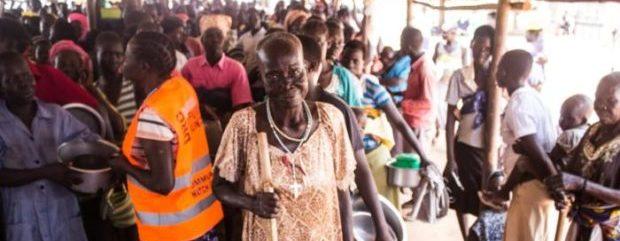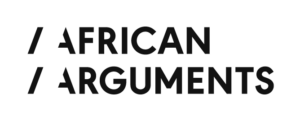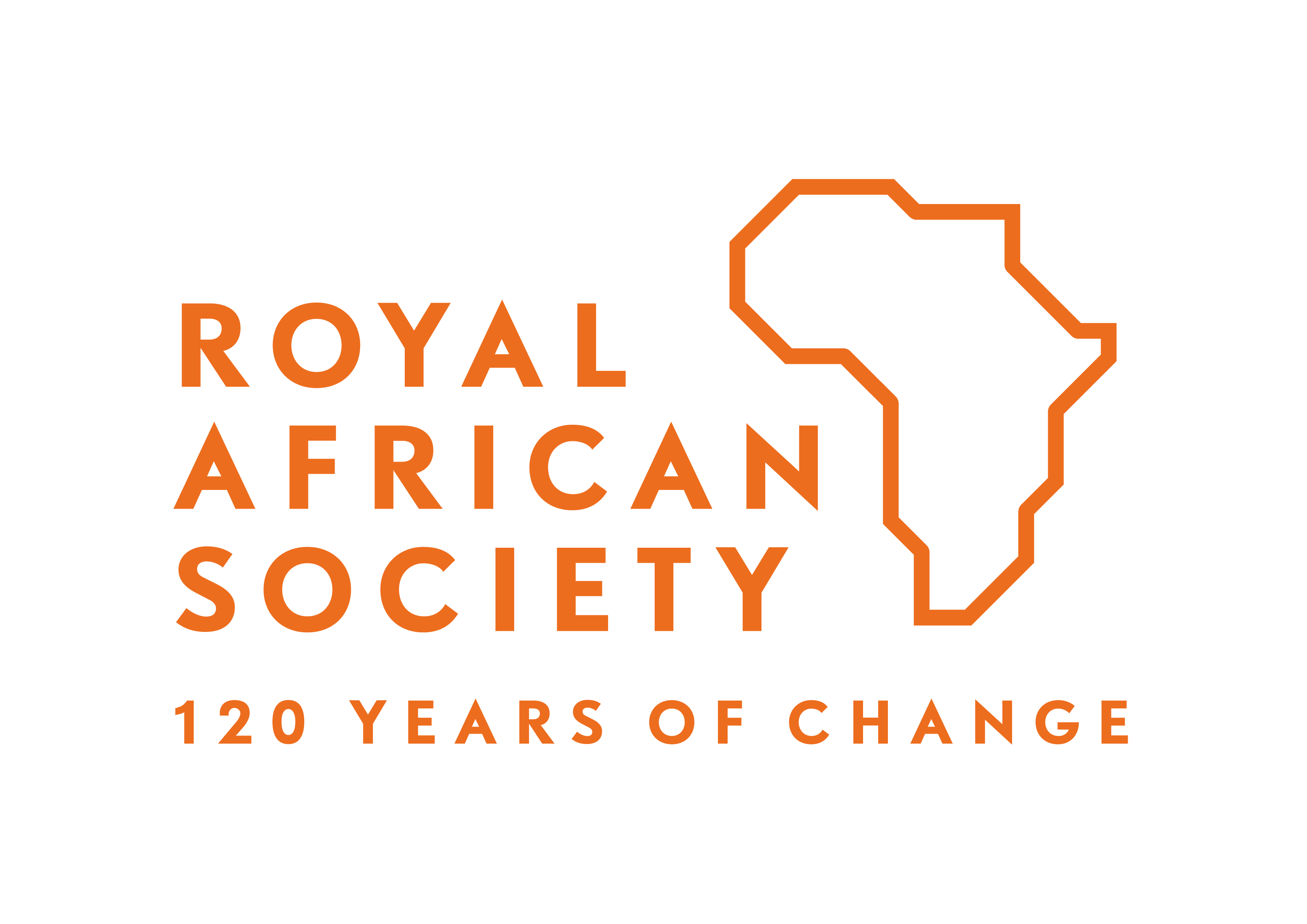As thousands flee South Sudan every day, donors must shell out more than just hollow promises

In Uganda, transit centres are massively over-crowded and rations are thinly stretched. Moreover, unless more support is provided, things will only get worse as more refugees arrive.

At a peak point in the crisis in August, Nyumanzi Transit Center held more than 18,000 people for weeks even though it’s designed to accommodate a maximum of 2,500. Credit: Tendai Marima.
Every single day, thousands more people are fleeing South Sudan and crossing into neighbouring Uganda, Ethiopia, the Democratic Republic of Congo and Sudan. According to the UN refugee agency (UNHCR), the seemingly endless conflict in South Sudan has now led to over 1.26 million refugees, with many more internally displaced.
Yet despite the extent of this deepening crisis, the humanitarian response remains poorly funded. An estimated 7.5 million people in South Sudan and neighbouring countries are in desperate need of humanitarian aid. But currently, just 25% of the at least $600 million required in 2016 has been raised.
Since the outbreak of South Sudan’s civil war in December 2013, over $200 million in urgent support has been received from the Central Emergency Revolving Fund (CERF), a $450 million resource created by the UN to help provide a swift response to crises around the world. But with so many global emergencies ongoing, resources are spread thin and, often, newer crises are prioritised.
[Failing South Sudan: First as Tragedy, Then as Farce]
At the same time, millions of dollars have been pledged by international donors at various South Sudan donor conferences, but only a fraction of this has actually been received. NGOs have long urged the development of a mechanism that holds pledgers to account, but the reality is that contributions remain voluntary.
“We are really going to suffer”
Poor financing has led to severe cuts in refugee support on the ground, particularly in Uganda which hosts the largest number of exiled South Sudanese. For instance, as thousands more refugees fled into Uganda daily after the South Sudanese conflict broke out again this July, the World Food Program (WFP) and UNHCR in Uganda had to announce a 50% cut in food rations and cash assistance.
This combination of new arrivals and cuts has deeply reduced the support available to individual refugees. For example, Hassan Kuku fled South Sudan in January 2014 and found refuge in Boroli Settlement in Adjumani, Uganda. His rations were already stretched, but when the conflict reignited this year, Kuku’s brother and family joined him. Rations which were intended for one household are now shared between two.
“Before we were able to manage with the little we had, but now our family has grown. We are thirteen, but the cake we’re sharing is for six. We are really going to suffer if they cut [portions] again,” he says.
Indeed, although ration cuts were meant to ensure newer arrivals would get food, some more recent refugees claim they struggled to get any rations at all. Susan Jua, an elderly woman whose family of six escaped to Uganda four months ago, says she didn’t receive any food whatsoever during the first three months in Pagarinya Settlement, a camp setup in July and which hosts now more than 22,000 new arrivals.
Although the family now receives a monthly allocation of grains and pulses, Jua says it is barely enough. “I don’t know if I’m a refugee or what because we don’t have even enough food to eat here,” she says. “Before, in Makberi [near the White Nile River on the Ugandan border], food was never a problem, but now we can’t get anything.”
Moreover, budgets have been cut back so significantly that when new arrivals get food assistance, it’s in the form of the local staple posho and flavourless beans. These are often cooked with nothing else, including even cooking oil or salt. The meal may provide some nutritional value, but when refugee stays in transit centres last for months, eating posho and beans daily without other nutrients, can pose significant health risks.
Deepening crisis
Uganda’s refugee services are buckling under the pressure of dealing with more than 500,000 refugees from South Sudan alone. The country’s transit centres were originally intended as a short stopover before permanent settlement, but refugees often live in poor, overcrowded conditions for long periods.
At a peak point in the crisis in August, Nyumanzi Transit Center held more than 18,000 people for weeks even though it’s designed to accommodate a maximum of 2,500. These high numbers caused a severe backlog in the resettlement of refugees and over 3,000 people had lived almost four months beyond the 3-day standard before its temporary closure in October. Elegu collection centre, an alternative receiving point in the north-eastern district, has been similarly over-stretched. A compound there equipped to hold 1,000 people can sometimes be filled to ten times its capacity.
In October, an average of 2,400 people fled from South Sudan into Uganda each day, and if this continues, 150,000 more refugees can be expected by the end of the year. Like those before them, these new arrivals will require life-saving assistance. But on a limited budget, efforts will be severely strained.
Cheryl Harrison, Deputy Country Director of WFP Uganda, says the agency faces an estimated funding shortfall of $72 million up till May 2017, though if numbers of those fleeing continue to grow, she warns the situation could be even worse. In recent months, the amount the WFP said it needed to provide for refugees soared from $7 million/month to $13 million/month due to the unabating flow of new arrivals.
Time to keep promises
South Sudan’s neighbouring states have made important efforts in attempting to accommodate refugees, but the fact that the burden of hosting over a million people has fallen on some of the poorest countries in the world is inescapable. The influx of refugees to the likes of Uganda has put a huge strain on already stretched resources such as land, water and healthcare.
This means that, like many other neglected emergencies around the world, the humanitarian response to South Sudan’s refugee crisis desperately needs much more money from international donors. With the welfare of millions of people scattered within and across the five-year-old nation’s borders hanging in the balance, hollow promises will not do.
Tendai Marima is a freelance journalist and academic researcher who travelled to Uganda with the International Women’s Media Foundation on reporting fellowship to visit the refugee settlements in the northern region. Find her on Twitter @i_amten.
[Update 09/12/16: The figures in the final paragraph of ‘Deepening crisis’ has been updated to reflect WFP’s latest forecast.]





